8 Dangerous Houseplants for Dogs and Cats, Take Care of Your Pets!
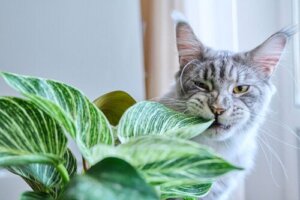
If you have pets at home, then you need to know this list of dangerous houseplants for dogs and cats. Some can produce allergies that are easy to treat, but others can cause gastrointestinal problems and could even cause the death of your beloved four-legged companion.
In addition, some aren’t only toxic for pets, but also for humans. This is something you should consider if your children are babies or are at an age where they could have direct contact with these plants.
Read on to find out which species you should keep away from their curiosity and mouth!
Dangerous houseplants for dogs and cats that you should avoid
If there’s something common among those who love pets, it’s the fact that they also tend to love natural decoration. However, those who identify with these two passions should know about these dangerous houseplants for dogs and cats.
Below, we’ll tell you which they are, and what could be the reactions when consuming them, as well as the reason behind the reaction.
1. Peace lily
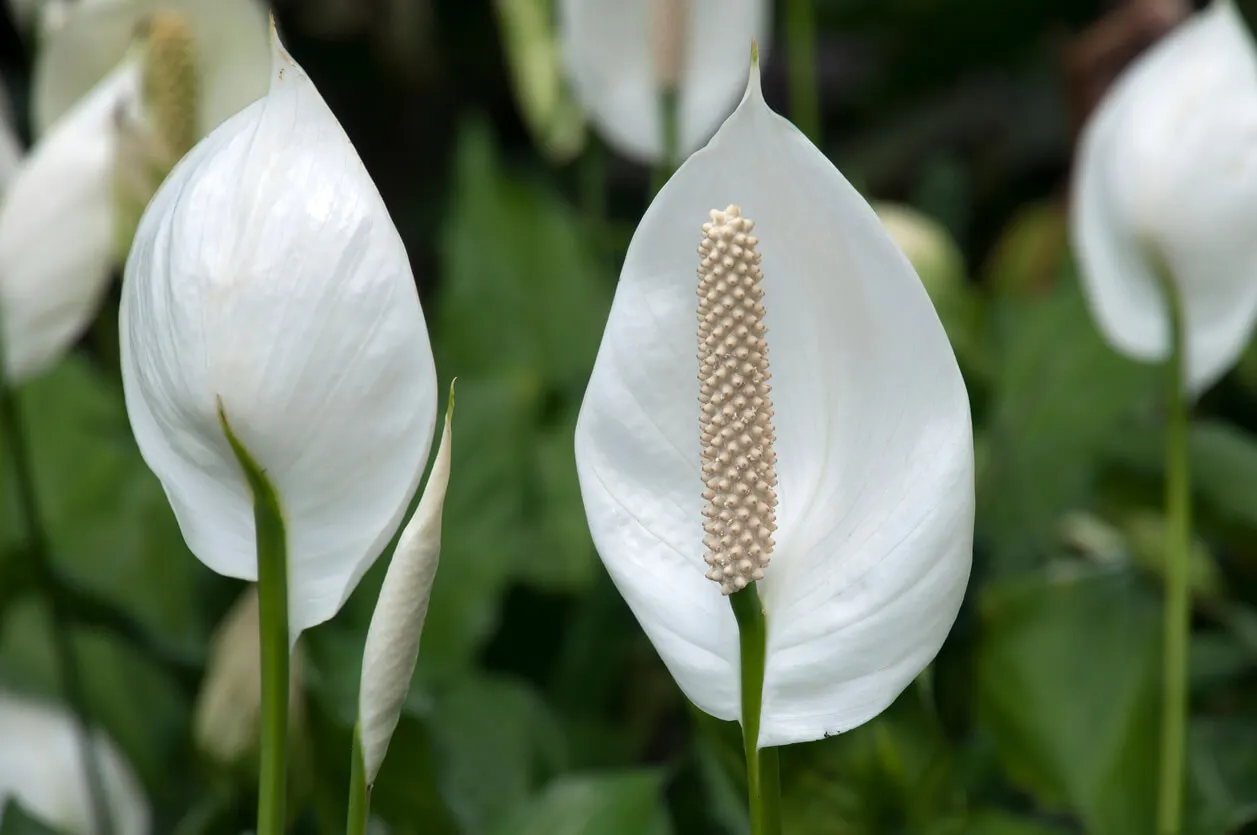
The peace lily (Spathiphyllum cochlearispathum) is one of the most sought-after houseplants. However, it’s dangerous to pets and humans. It turns out that this dark green, lance-shaped leafy beauty with cream-colored flowers contains a toxin called insoluble calcium oxalate.
According to research on this compound, oxalates (also used in products such as bleach, metal cleaners and rust removers) have been found to significantly affect the mucous membranes. If ingested by your pets, you’ll notice symptoms such as the following:
- Intense burning in the mouth, tongue and lips
- Difficulty in swallowing
- Excessive drooling
- Vomiting
2. Mother-in-law’s tongue
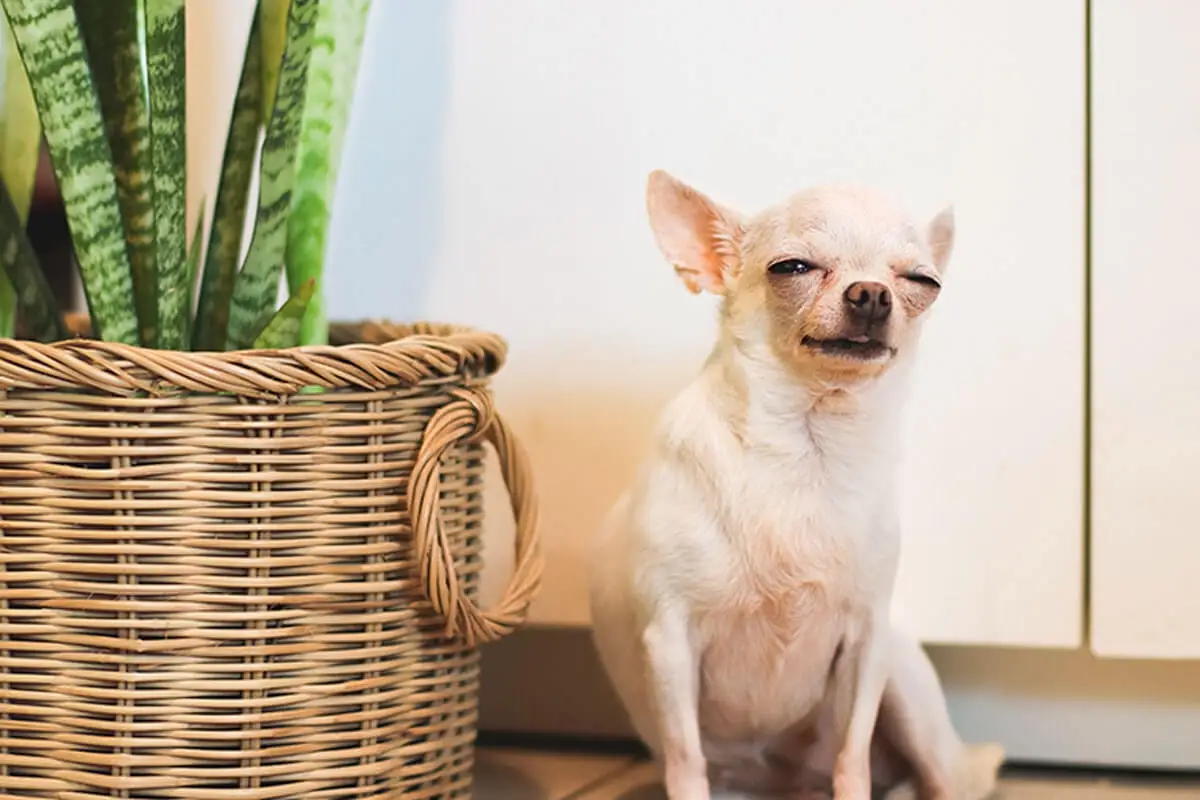
Mother-in-law’s tongue or snake plant (Dracaena trifasciata) is a popular houseplant in homes. It has been found to help purify the air wherever it’s placed.
However, it’s one of our selection of dangerous houseplants for dogs and cats. It contains toxins in its leaves, which are quite attractive to pets.
According to a scientific article, it contains calcium oxalate raphides and saponins. These compounds, as already mentioned, generate irritation in the mucous membranes.
The symptoms of intoxication in pets are the following:
- Lethargy
- Anorexia
- Salivation
- Depression
- Dehydration
- Vomiting and nausea
3. Cycus revoluta
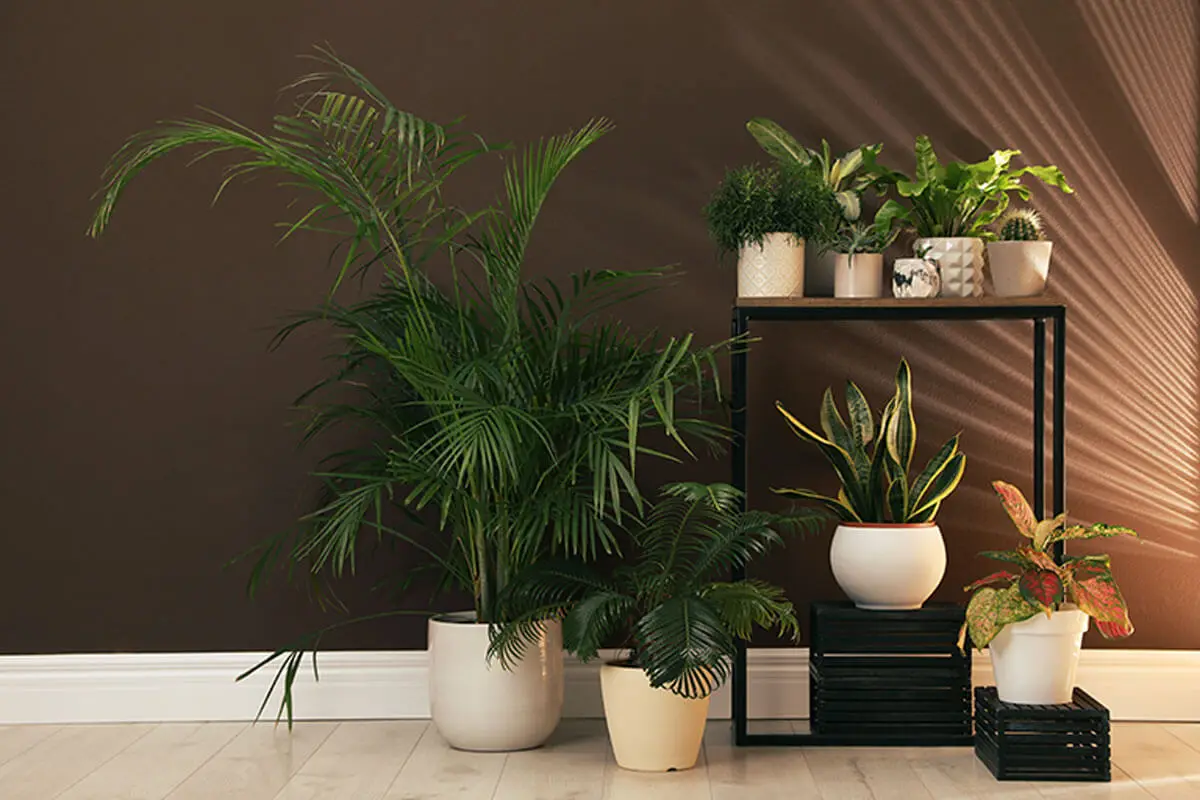
The Cycas revoluta is common in homes where the tropical style of decoration predominates. However, it’s toxic to dogs and cats, which are attracted by its tufted leaves.
Reports have shown the causes of Cycas revoluta poisoning in pets. According to the scientific analysis, there are three types of toxins in this plant:
- Cycasin: Upon contact with specific bacteria in the digestive tract of animals this transforms into methylazoxymethanol, causing acute hepatotoxicity.
- Bamino-l-alanine acid: This causes depression and nervous system disorders, such as ataxia.
- Unidentified high molecular weight molecules: This can lead to central nervous system degeneration.
4. Aloe vera
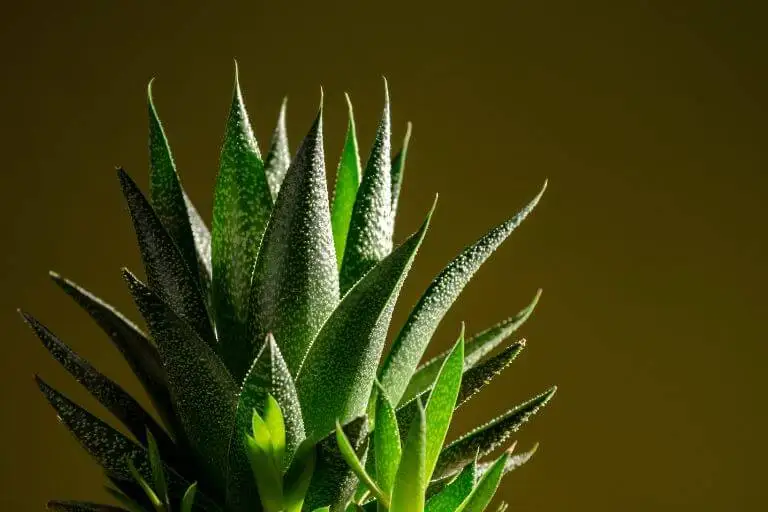
Although aloe vera is a plant recognized for its beneficial health properties, it’s considered dangerous for dogs and cats. It can cause mild discomfort that could become serious in the long term.
This plant has a compound in its leaves in the chemical form of gel or crystal. The gel is laxative and wound healing, as well as anti-inflammatory.
However, experts point out that a high dose of the crystal can produce gastrointestinal symptoms:
- Cramping
- Nausea and vomiting
- Hypothermia
5. Lily of the valley
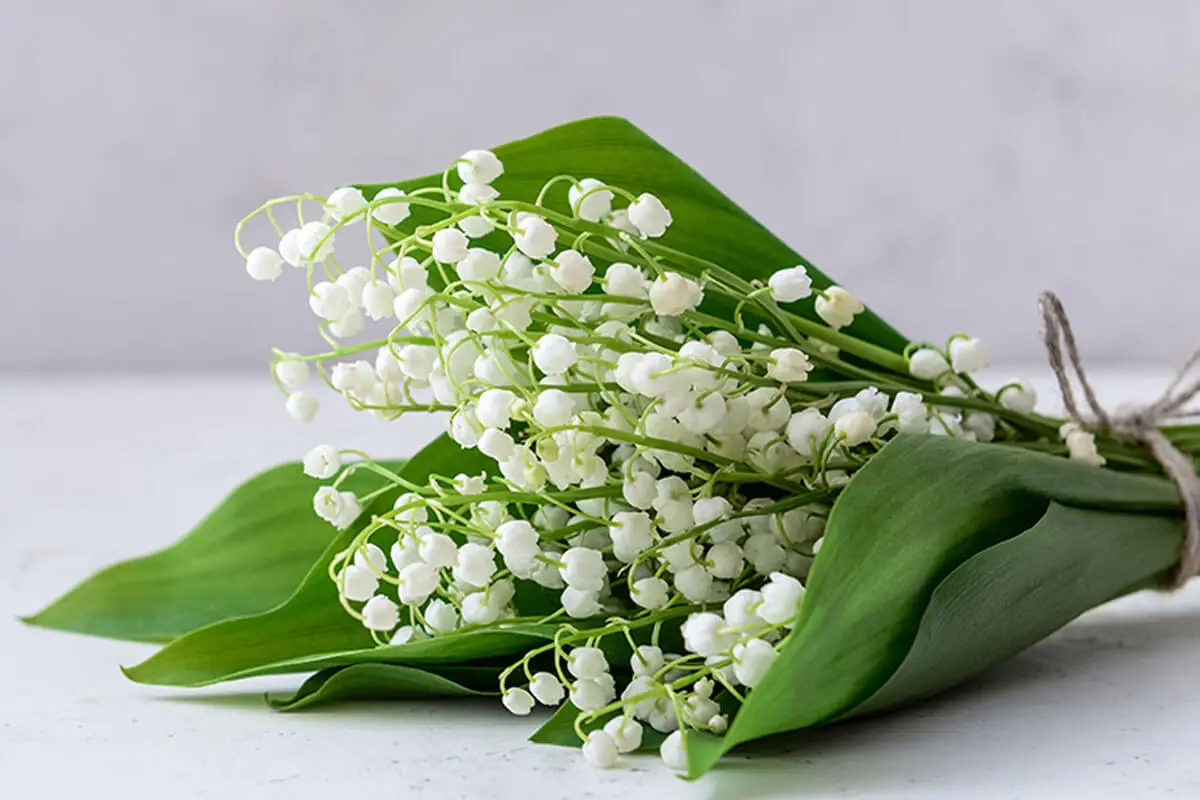
The lily of the valley (Convallaria majalis) is a plant that’s often used ornamentally in pots or as part of flower arrangements. Its leaves and flowers are quite attractive.
It’s considered a dangerous plant because it’s toxic in all its parts. The Institute of Public Health of Chile lists the plant as one of the most potent cardio toxicants that have been identified.
So far, more than 30 cardiac glycosides are recognized in all its structures. These substances cause an increase in the strength and speed of heart contractions. Additionally, saponins are found, which cause gastrointestinal irritation.
Some of the symptoms that may occur in dogs or cats, and even in humans, are the following:
- Low heart rate or bradycardia
- Excessive salivation
- Nausea and vomiting
- Dilated pupils
- Hypothermia
6. Dumbcant
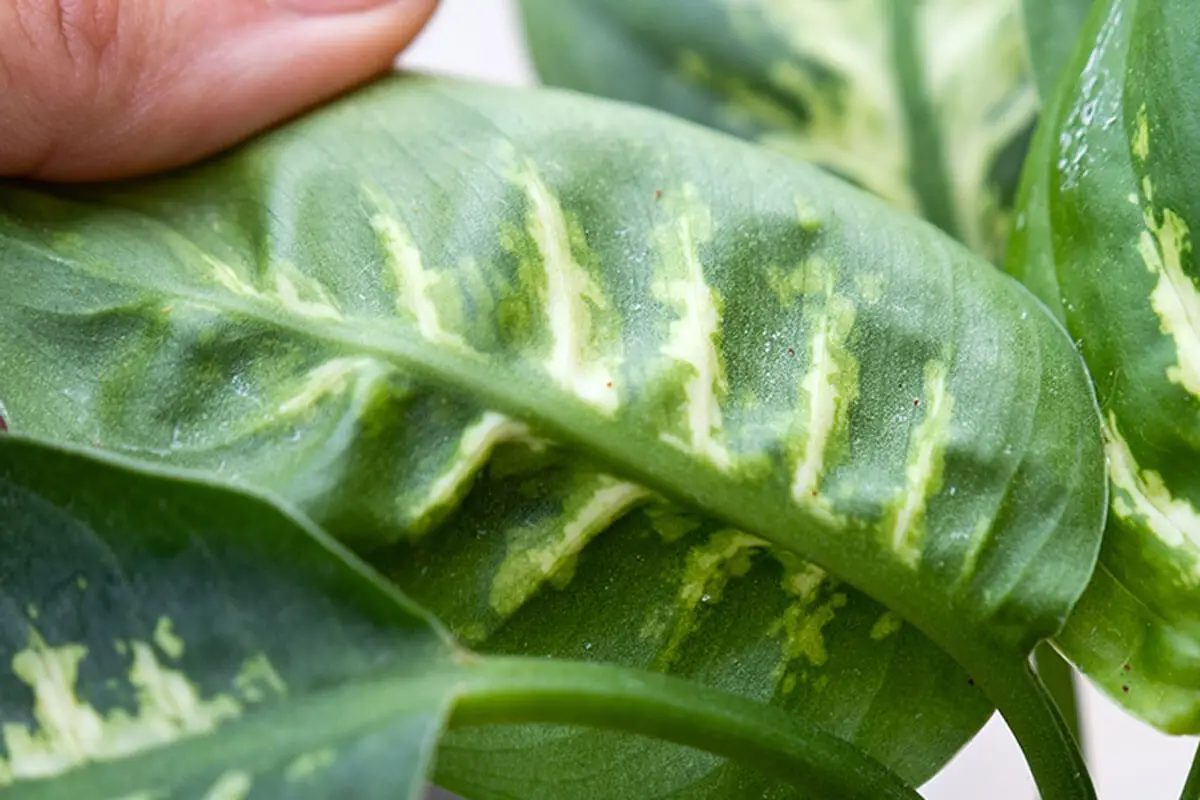
Dumbcant (Dieffenbachia seguine) is a very beautiful plant, related to good luck and economic abundance in homes. That’s why it’s so popular, even though it’s highly toxic to pets and people.
According to research, the main toxic substance in this plant is the caustic latex, composed of calcium oxalate crystals. This high concentration, just by touching it, can cause irritation and mild burns.
Ingestion can cause inflammation and obstruction of the trachea. Your dog or cat may experience symptoms such as the following:
- Vomiting
- Eye pain
- Excessive salivation
- Skin irritation
- Bloody diarrhea
- Burns in the mucous membranes
- Intestinal pain and spasms
7. Kalanchoe
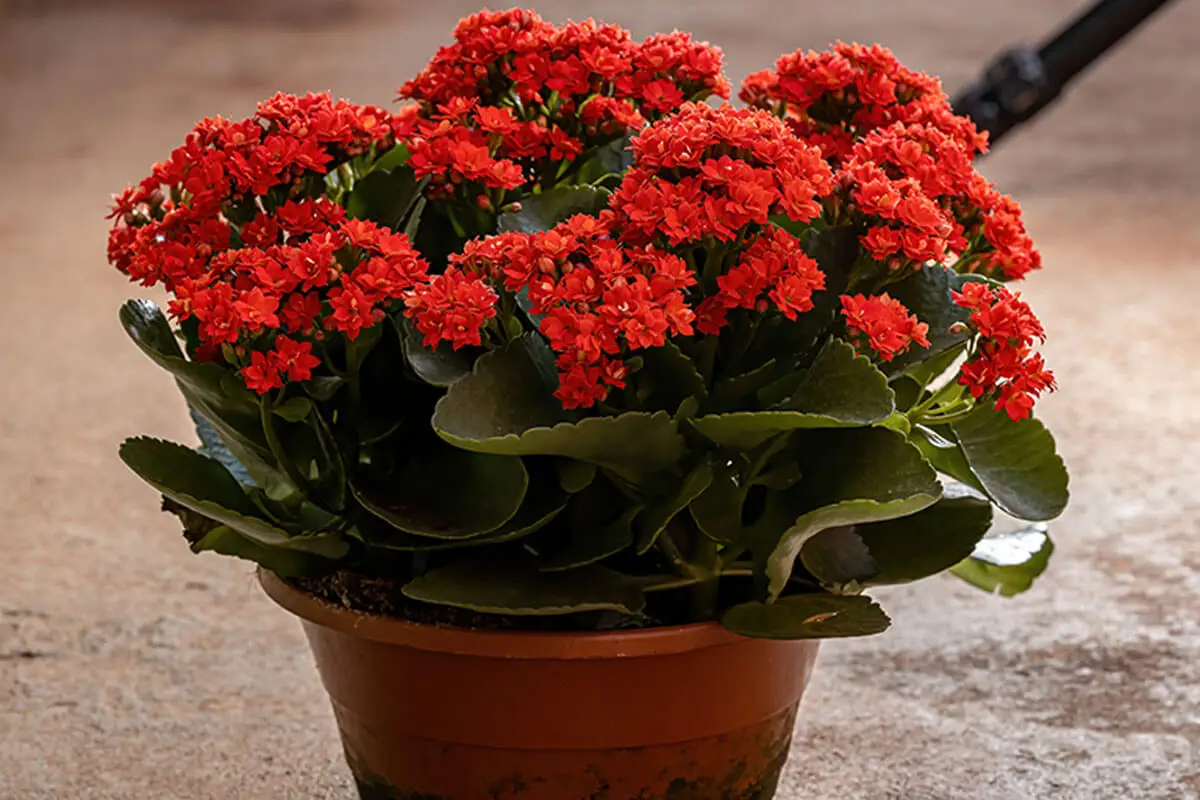
There are a large number of kalanchoe species that inhabit homes because of their visual appeal. However, few people know that they possess a toxic substance known as bufadienolides or toad venom.
Research articles have described this toxic compound as having cardioactive properties. While the whole plant is dangerous, it’s the flowers that cause the most damage.
Some of the symptoms of poisoning are as follows:
- Cardiac arrest
- Abdominal pain
- Excessive salivation
- Hemorrhagic enteritis
- Arrhythmias and mild or complex tachycardia
8. Poinsettia
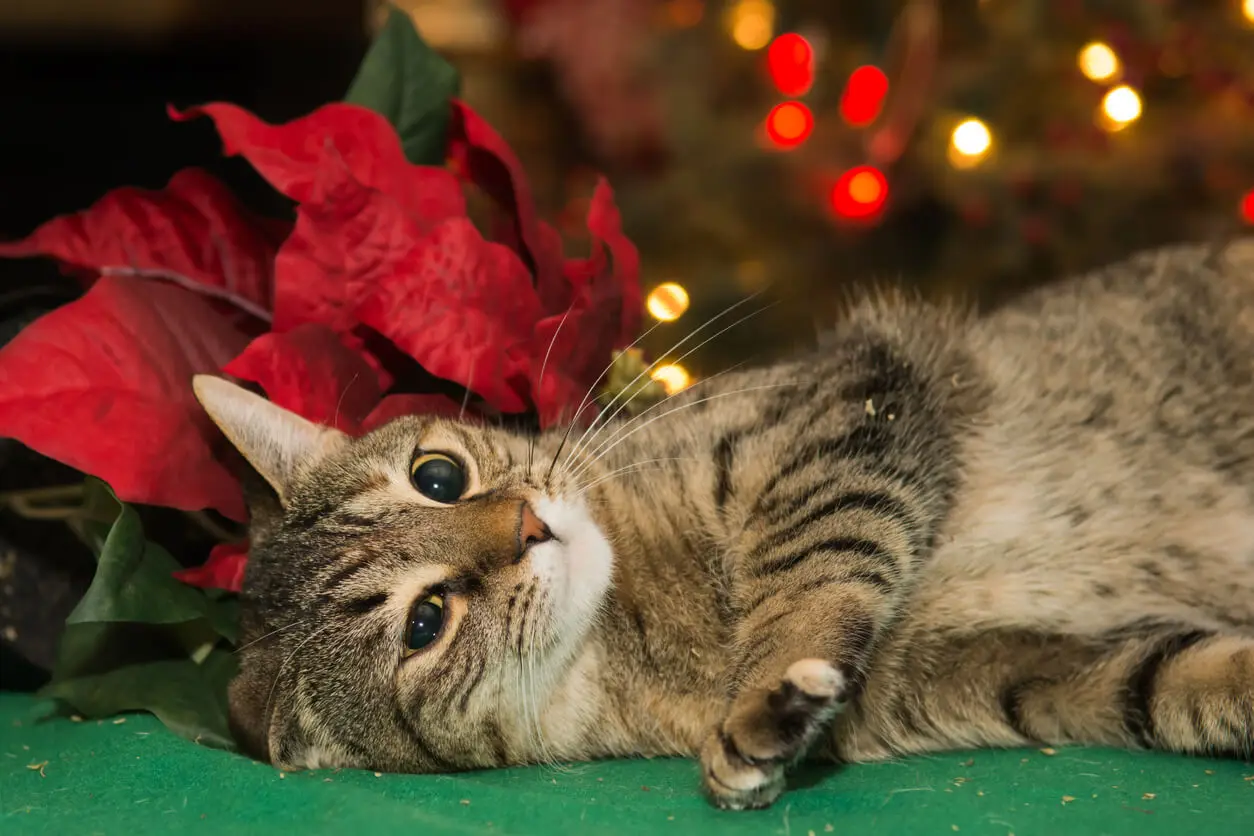
The poinsettia (Euphorbia pulcherrima) is a must in many homes at Christmas. Despite its beauty, the entire plant contains a milky substance known as latex, which is dominated by chemicals such as euphorbones, triterpenes, steroids, and flavonoids, according to scientific articles.
Of these, euphorbones are the most toxic and cause a burning sensation. The symptoms your pets would report would be the following:
- Vomiting and diarrhea
- Dysphagia and mucosal inflammation
- Excessive salivation, especially in cats
- Inflammation in areas where the skin makes contact with the plant
What to do if your dogs or cats ingest these dangerous plants?
The symptoms when cats and dogs ingest any of the indoor plants we have mentioned range from mild to severe. In the absence of professional expertise, the best course of action is to take the pets for veterinary care. In extreme cases, hospitalization and follow-up will be required.
Finally, keep in mind that it’s best to avoid these plants at home. Or, at least, keep them away from your pets to prevent accidents.
We’ve told you about dangerous houseplants for cats and dogs, but why not check out this article on houseplants that are safe for them?
All cited sources were thoroughly reviewed by our team to ensure their quality, reliability, currency, and validity. The bibliography of this article was considered reliable and of academic or scientific accuracy.
- De La Cruz, M., Pacheco, M. y Ramón, T. (2021). Disminución del COV formaldehido mediante sansevieria trifasciata y spathiphyllum en ambientes interiores. Huancayo – Junín, 2021. Tesis para optar el título profesional de Ingeniera Ambiental, Escuela Académico Profesional de Ingeniería Ambiental, Universidad Continental, Huancayo, Perú. https://repositorio.continental.edu.pe/handle/20.500.12394/10652
- García Giménez, M. D., Sáenz Rodríguez, M. T., & Silvestre Domingo, S. (2004). Plantas tóxicas y medicinales de nuestros jardines: dieffenbachia seguine (Jacquin) Schott. Farmacia Hispalense: revista del Real e Ilustre Colegio Oficial de Farmacéuticos de Sevilla, 16, 38-39. https://idus.us.es/handle/11441/42879
- Instituto de Salud Púbica del Ministerio de Salud de Chile. (2021). Lirio de los Valles. Monografías de plantas tóxicas. https://www.ispch.cl/wp-content/uploads/2021/10/Lirios-de-los-Valles-16092021A.pdf
- Jiménez, A. L. O., López, M. P., Rodríguez, F. S., & Cambero, J. P. G. (2003). Plantas peligrosas: intoxicaciones “de Navidad.” Consulta de difusión veterinaria, 11(105), 75–79. https://dialnet.unirioja.es/servlet/articulo?codigo=3476326
- Kolodziejczyk-Czepas, Joanna & Stochmal, Anna. (2017). Bufadienolides of Kalanchoe species: an overview of chemical structure, biological activity and prospects for pharmacological use. Phytochemistry Reviews. 16. 10.1007/s11101-017-9525-1.
- Olson, K.R., Smollin, C.G., Anderson, I.B., Benowitz, N.L., Blanc, P.D., Kim-Katz, S.Y., Lewis, J.C., & Wu, A.H.B. (2022). Ácido oxálico. Envenenamientos e intoxicaciones. Mhmedical.com. Retrieved April 28, 2023, from https://accessmedicina.mhmedical.com/content.aspx?bookid=3227§ionid=272189777
- Roder, J. D. (2002). Manual de toxicología veterinaria. Multimedica Ed. Vet.. https://books.google.com/books?hl=es&lr=&id=CSMOMynOe4MC&oi=fnd&pg=PA55&dq=Roder,+J.+D.+(2002).+Manual+de+toxicolog%C3%ADa+veterinaria.+Multimedica+Ed.&ots=WeWHu5Kv7C&sig=kP3llBBTh2eEDH2hFs3mhGhO4rg
- Smith, G. (2004). Kalanchoe species poisoning in pets. Veterinary Medicine, 933. https://www.aspcapro.org/sites/default/files/v-vetm1104_933-936.pdf
- Vivas Garay, J. A. (2008). Toxicología veterinaria. https://repositorio.una.edu.ni/id/eprint/2448
- Zeinsteger, P. A., & Gurni, A. A. (2004). Plantas tóxicas que afectan el aparato digestivo de caninos y felinos. https://repositorio.unne.edu.ar/handle/123456789/48977
This text is provided for informational purposes only and does not replace consultation with a professional. If in doubt, consult your specialist.








